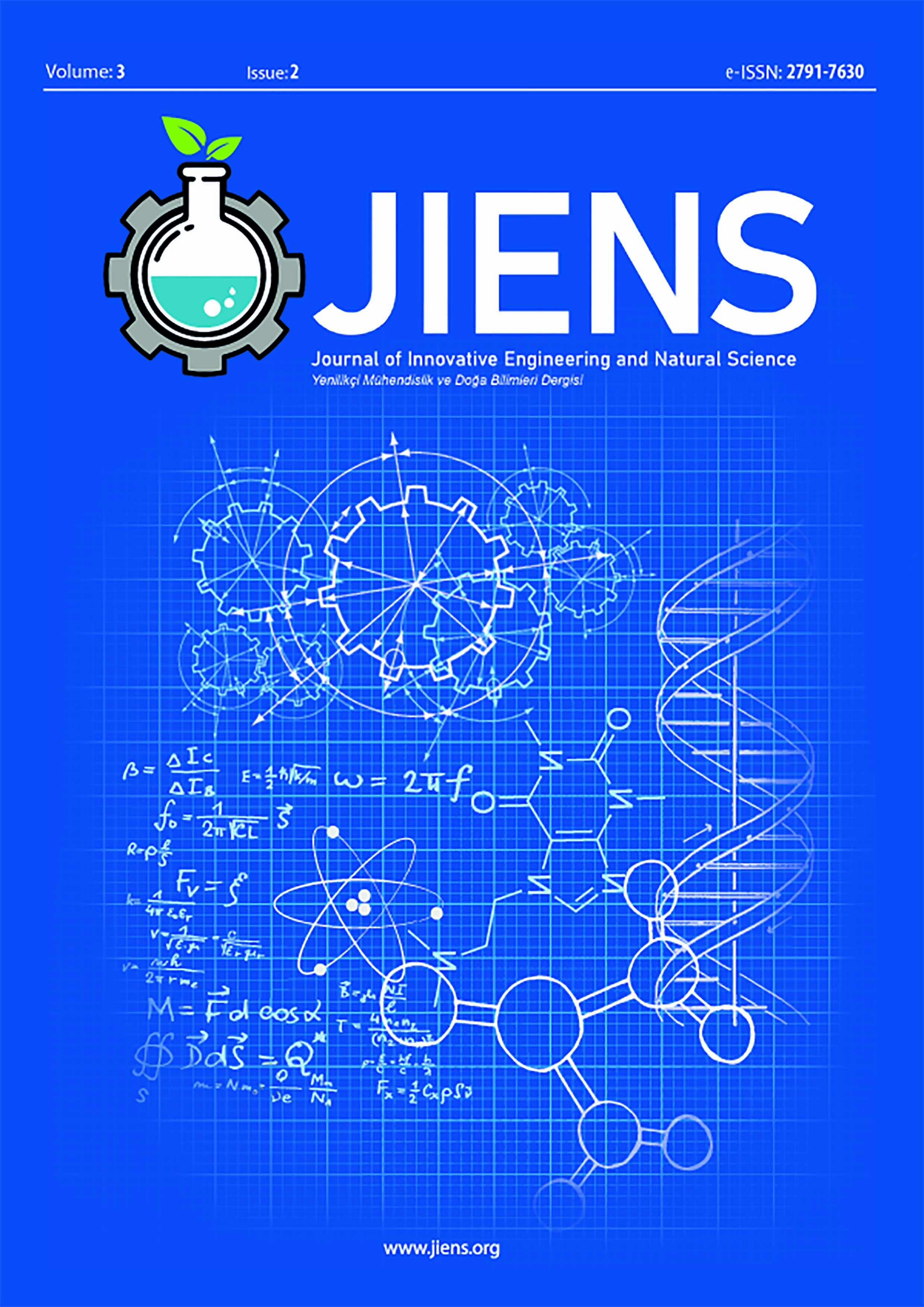Gaziantep banliyö projesi (Gaziray) raylı sistem hattı tünellerinde olası tren yangını durumunda tünel acil durum havalandırma sisteminin simülasyonu
Author :
Abstract
|
Raylı sistemler, hızlı, güvenli ve çevre dostu bir toplu taşıma seçeneği olarak dünya genelinde aktif olarak kullanılmaktadırlar. Gaziantep banliyö projesi (Gaziray) Raylı Sistem Hattı, Türkiye’nin Gaziantep şehrinde, toplu taşıma ihtiyacını karşılamak amacıyla planlanan bir proje olarak büyük önem taşımaktadır. Raylı sistem hatlarında, tren yangınları gibi potansiyel olası tehlikelerin dikkate alınması ve yangının etkilerinin değerlendirilmesi çok önemlidir. Yangınlar, trenlerin elektrikli ve mekanik bileşenlerinde, örneğin; elektrik kablolarının aşırı ısınması, fren sistemlerinde arızalar, yakıt sızıntıları gibi sebeplerle çeşitli nedenlerle ortaya çıkabilmektedirler. Bu tür yangınlar, tünellerde, tünelin duvar, tavan, taban ve diğer yapısal elemanlara zarar verebilecek özellikte tehlikeli sonuçlara yol açabileceğinden, tünel yapısının yangından etkilenme seviyesi ve böylelikle yangının tünel yapısına verdiği zararın dikkatlice değerlendirilmesi gerekmektedir. Yangın sonrası, tünelin kullanılabilirliğini, güvenliğini ve yapısal bütünlüğünü etkileyen yapısal hasarlar, tünelin onarım maliyetlerini ve işletme süreçlerini de etkileyebilmektedir. Tünel yangınlarının etkilerini değerlendirmek için yangın testleri, modelleme ve benzetimler/simülasyonlar gibi yöntemler kullanılmaktadır. Yangın testleri, gerçek yangın senaryolarını taklit ederek tünel yapısının yangına karşı tepkisini belirleyebilmekte, modelleme ve simülasyonlar ise tünel yapısının yangından etkilenme seviyesini belirlemektedir. Bu çalışmanın amacı, Gaziray Raylı Sistem Hattında bulunan tünellerde meydana gelebilecek olası tren yangını durumunda, tünel yapısının yangından etkilenme seviyesi ve bu etkinin değerlendirilmesidir. Kritik hız; yangın esnasında ortaya çıkan duman ve yanma ürünü zehirli gazların ters katmanlaşmadan istenilen yöne itilmesi için gerekli olan minimum hava hızıdır. Çalışmada, yapısal bütünlüğün bozulmadan, çevresel kontrol sistemlerinin çalışmasına olanak sağlayarak ve insan tahliye yönünün ters yönünde kritik hava hızı sağlanarak; gerekli havalandırma stratejisi ve kapasitesinin belirlenmesi hedefi gerçekleştirilmiştir. |
Keywords
Abstract
Rail systems are actively used worldwide as a fast, safe, and environmentally friendly public transportation option. The Gaziray Rail System Line is a project of great importance planned to meet the public transportation needs in Gaziantep, Turkey. In rail system lines, it is crucial to consider potential hazards such as train fires and evaluate the effects of fire. Fires can occur for various reasons in the electrical and mechanical components of trains, such as overheating of electrical cables, malfunctions in braking systems, fuel leaks, and so on. Such fires can cause dangerous consequences that can damage the tunnel's walls, ceiling, floor, and other structural elements, so the level of the tunnel's susceptibility to fire and the damage it causes to the tunnel structure must be carefully evaluated. Structural damages that affect the tunnel's usability, safety, and integrity after a fire can also affect repair costs and operational processes. Methods such as fire tests, modeling, and simulations are used to assess the effects of tunnel fires. Fire tests can determine the tunnel structure's response to fire by simulating real fire scenarios, while modeling and simulations determine the level of the tunnel structure's susceptibility to fire. The purpose of this study is to evaluate the level of damage to the tunnel structure and its effects in the event of a possible train fire in the tunnels of the Gaziray Rail System Line. The critical speed is the minimum airspeed required to push smoke and toxic combustion products in the desired direction without stratification during a fire. The study aims to determine the necessary ventilation strategy and capacity to provide critical airspeed in the opposite direction of human evacuation while enabling the environmental control systems to operate without compromising the structural integrity





